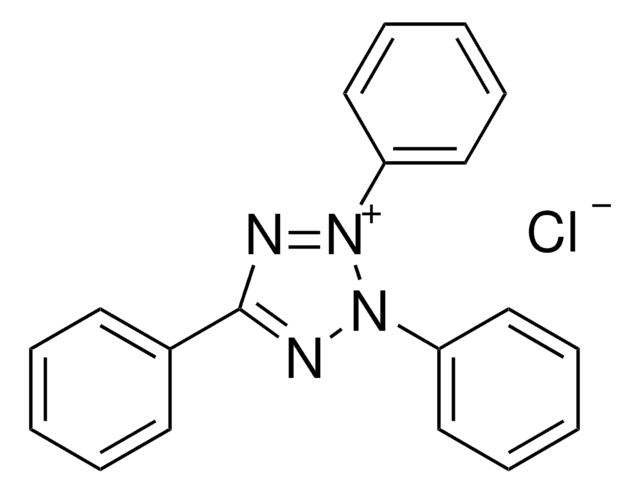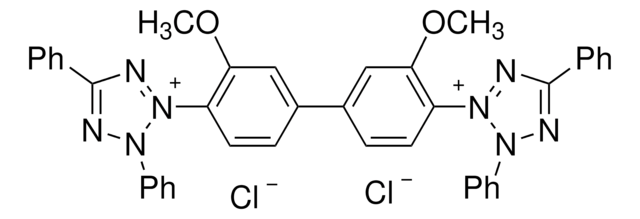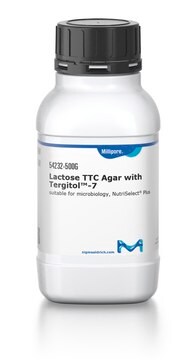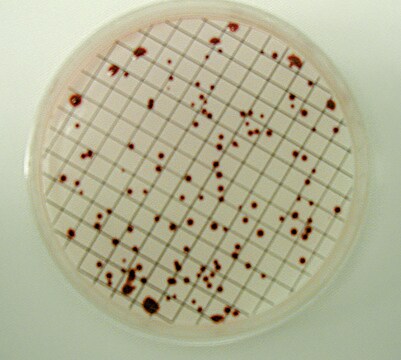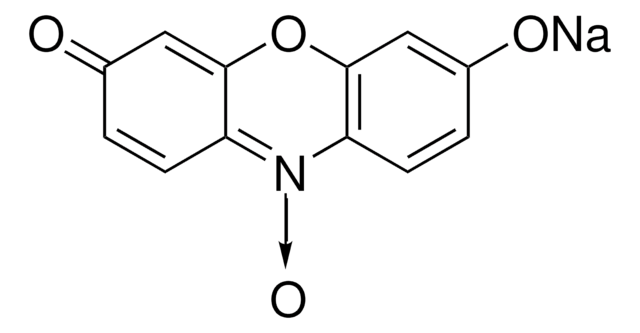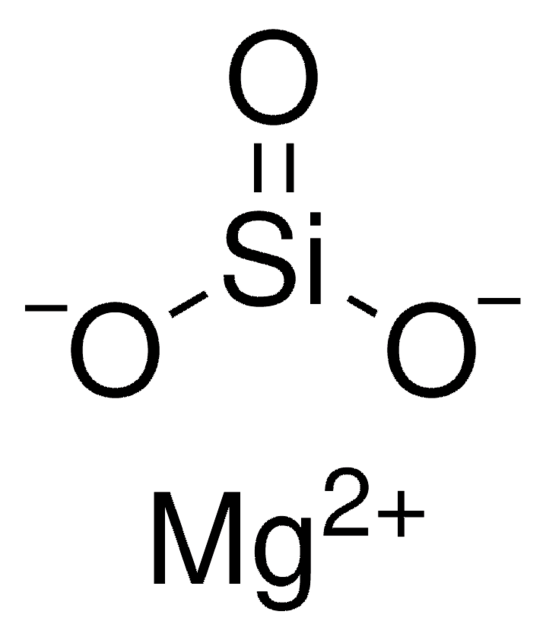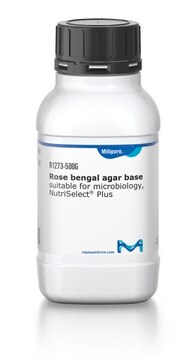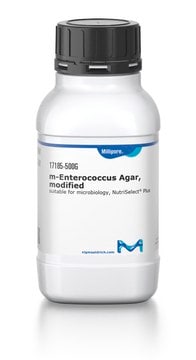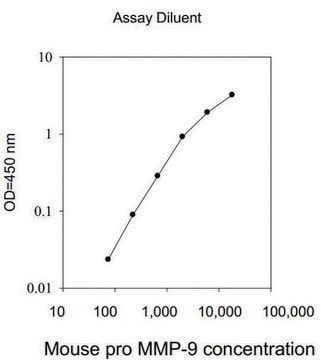17779
2,3,5-Triphenyl-tetrazolium chloride solution
suitable for microbiology, Filter sterilized solution that is recommended for the detection of microbial growth based on reduction of TTC
Sinónimos:
TTC solution, TTC supplement, TTC solution, TTC supplement
About This Item
Productos recomendados
Nivel de calidad
esterilidad
sterile (Filtered and Aseptic Handled)
Formulario
liquid
caducidad
limited shelf life, expiry date on the label
mol peso
334.8 g/mol
aplicaciones
agriculture
environmental
food and beverages
microbiology
temp. de almacenamiento
2-8°C
idoneidad
bacteria
cadena SMILES
[Cl-].c1ccc(cc1)-c2nn(-c3ccccc3)[n+](n2)-c4ccccc4
InChI
1S/C19H15N4.ClH/c1-4-10-16(11-5-1)19-20-22(17-12-6-2-7-13-17)23(21-19)18-14-8-3-9-15-18;/h1-15H;1H/q+1;/p-1
Clave InChI
PKDBCJSWQUOKDO-UHFFFAOYSA-M
Descripción general
Aplicación
Componentes
2,3,5-Triphenyl tetrazolium chloride: 0.1 g, distilled water: 10 ml
Código de clase de almacenamiento
10 - Combustible liquids
Clase de riesgo para el agua (WGK)
WGK 2
Punto de inflamabilidad (°F)
Not applicable
Punto de inflamabilidad (°C)
Not applicable
Equipo de protección personal
Eyeshields, Gloves
Elija entre una de las versiones más recientes:
¿Ya tiene este producto?
Encuentre la documentación para los productos que ha comprado recientemente en la Biblioteca de documentos.
Los clientes también vieron
Artículos
Vibrio Detection
Nuestro equipo de científicos tiene experiencia en todas las áreas de investigación: Ciencias de la vida, Ciencia de los materiales, Síntesis química, Cromatografía, Analítica y muchas otras.
Póngase en contacto con el Servicio técnico